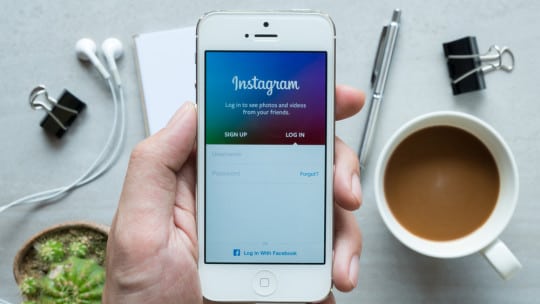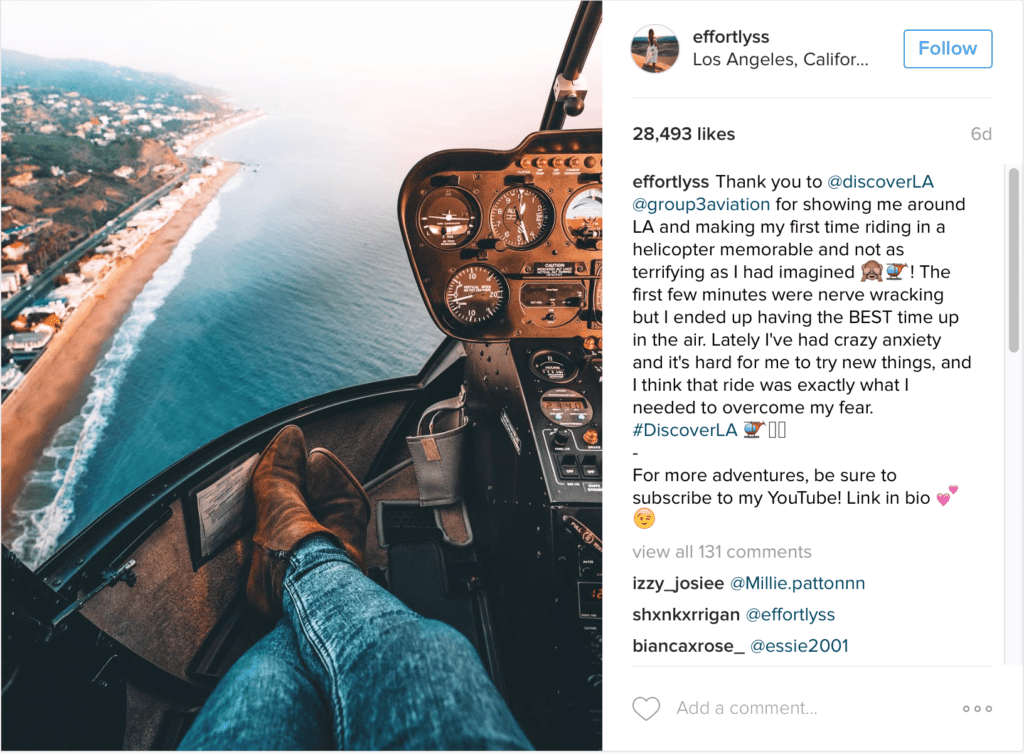
Those were gaudy numbers Facebook chief Mark Zuckerberg unveiled about Instagram Feb. 2. Tough luck, though, because Facebook’s tremendous quarterly financials—the fourth quarter was its fifth consecutive quarter of revenue growth of 50% or better—and user numbers nearly eclipsed the strong news from its little sister, which Facebook acquired for $1 billion in 2012. At that time, Instagram had about 30 million daily iOS users; it had just begun its foray into Android. The photo-centric platform now has 400 million daily users, Zuckerberg mentioned in passing during the earnings call. That’s an additional 100 million new daily users in the past seven months. Of course, when Facebook dazzles with 1.86 billion active users in December and more than 1.2 million daily on average, Instagram’s user growth gets buried.
With those figures as background, we asked a pair of communicators to share Instagram best practices, with particular emphasis on influencers and small communications teams.
Using What You Have
If you’re one of the 41K followers of the University of California at Berkeley’s official alumni Instagram account (@ucberkeley), you’d swear Christina Sponselli, director of social media, University of California, Berkeley, has a large staff. After all, you’d see excellent photos—“We have a campus that lends itself to photography,” she says.
In fact, though, Sponselli is the lone social media person at Berkeley. She has ways to make her effort seem much larger than it is. First she quickly deflects credit to her designer, Calixto Flores, “who is passionate about Instagram” and photographer Keegan Houser, who takes many of the pictures. It takes a village, though, and in this digital era Sponselli has thousands of photographers: A popular feature of UC’s feed is user-generated content at #myBerkeley. “We retweet the best photographs,” she says, noting, “it’s a great form of engagement.” And it extends beyond the school year. “We’ve had students in their Berkeley gear taking photos of themselves at the Great Wall of China.” A tip: “Know what excites your audience…and make sure it’s a two-way conversation.”
Focus and Influencers
Sponselli’s remit involves far more than humanizing the college. Her office also oversees the social media portion of a large, yearly, 24-hour fundraising effort for UCB known as Big Give. Her office coordinates social policies and guidelines with UCB’s schools and colleges, some of which have extensive social media capabilities. For departments without large social media resources, she counsels them via meetings, phone calls and emails to focus on “specific platforms…go where your audience is.”
Influencers are key to Big Give. UCB’s influencers are a diverse mix of alums from the class of ’63 through to brand-new grads. These social media ambassadors receive curated content and images to share on their social media accounts to generate awareness prior to Big Give, to use during it and for thank-you activities after.
During the Big Give day, there’s a takeover of the UCB websites and donation pages. Planning takes about nine months, she says. The keys to success on such a large effort, she says, include constant communication between editorial and design and advance planning.

Zero In on Three things

Vice President, Digital Marketing
Los Angeles Tourism & Convention Board
Bill Karz, VP, digital marketing, Los Angeles Tourism & Convention Board, is not a one-man department, but he’s upbeat about the potential for brands to employ user-generated-content.
Indeed, his archive includes 450K photos from users hashtagged #discoverLA (380K followers) and 330K photos tagged #dineLA (244K followers). “They do the work for us,” he says. In addition, though, his shop uses influencers both from L.A., such as Kyle Huber (@senseofhuber), Tommy Lundberg (@tommylundberg) and Pete Halvorsen (@petehalvorsen) and out-of-towners like New York’s Kevin Lu (@sweatengine). Their content, he says, “helps us stand out.” A tactic: “We want fans to be able to imagine themselves enjoying the experience.” So Karz prefers Instagram photos that illustrate an experience and don’t show the influencer’s face in them (see photo above).
Another tip: “All brands should be able to find at least three kinds of photos that engage their audiences,” he says. Karz knows, for example, L.A.’s fans love skyline shots, sunset shots and shots taken from L.A.’s Griffith Observatory.
When it comes to measurement, Karz enjoys getting likes, but “We love it even more when we see comments and friends tagging friends.”
Note: This content appeared originally in PR News Pro, February, 13, 2017. For subscription information, please visit: https://www.prnewsonline.com/about/info
CONTACT: [email protected] [email protected]
Editor’s Note: Sponselli and Karz will speak at PRNews’ Digital Media Summit and Crisis Management Boot Camp, Feb. 23-24, Huntington Beach, CA. For more information: https://www.prnewsonline.com/go/2017-digital-summit-crisis-management-boot-camp/
